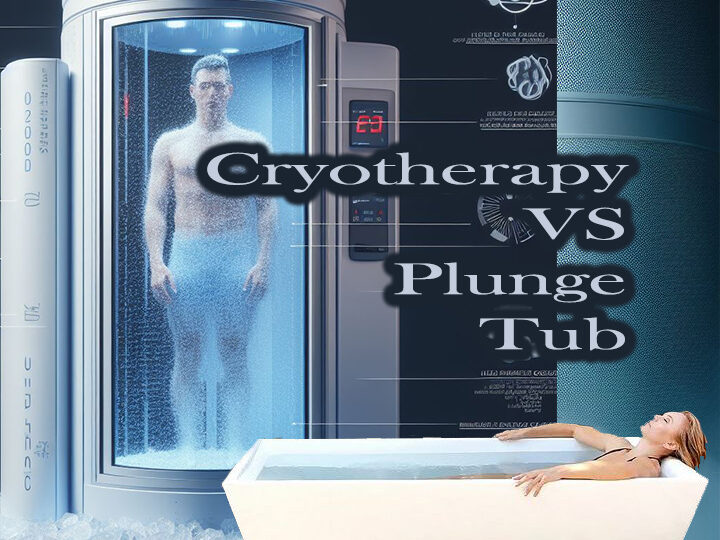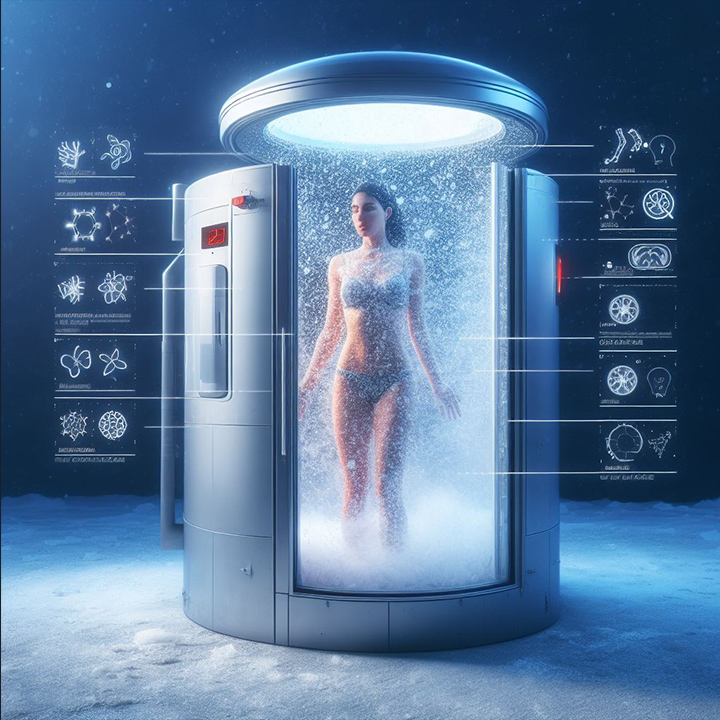
Frost and Thaw: Navigating the Chill of Cryotherapy – Benefits, Drawbacks, and Pre/Post Insights
Cryotherapy is a medical treatment that uses extreme cold to reduce pain, inflammation, and muscle damage. It is also used to improve athletic performance and skin health.
There are two main types of cryotherapies: whole-body cryotherapy (WBC) and local cryotherapy. WBC involves exposing the entire body to cold temperatures, while local cryotherapy involves exposing a specific area of the body.
WBC is typically done in a chamber that is filled with liquid nitrogen or other cryogenic gas. The temperature in the chamber can be as low as -200 degrees Fahrenheit. Patients stand or sit in the chamber for a few minutes, usually no more than three minutes.
Local cryotherapy can be done with a variety of devices, including cryoprobes, cryoguns, and cryosprays. These devices deliver cold temperatures to a specific area of the body, such as a joint or muscle.

Cryotherapy is thought to work by causing several physiological changes in the body. These changes include:
Vasoconstriction: The cold temperatures cause the blood vessels to constrict, which reduces blood flow to the affected area. This helps to reduce swelling and pain.
Increased production of endorphins: Endorphins are natural painkillers that are released by the body in response to stress. Cryotherapy can help to increase the production of endorphins, which can further reduce pain.
Reduced inflammation: Cryotherapy can help to reduce inflammation by suppressing the production of inflammatory chemicals.
Increased metabolism: Cryotherapy can help to increase metabolism, which can help to burn calories and promote weight loss.
Improved skin health: Cryotherapy can help to improve skin health by reducing wrinkles, fine lines, and age spots.
Cryotherapy is a relatively safe procedure, but there are some potential risks, such as:
Hypothermia: The cold temperatures can cause hypothermia, which is a condition in which the body’s core temperature drops below 95 degrees Fahrenheit.
Shivering: Shivering is a common side effect of cryotherapy.
Muscle cramps: Muscle cramps can also occur during cryotherapy.
Nausea: Nausea is a less common side effect of cryotherapy.
Dizziness: Dizziness is another less common side effect of cryotherapy.
Headache: Headache is a rare side effect of cryotherapy.
If you are considering cryotherapy, it is important to talk to your doctor or physical therapist first. They can help you determine if cryotherapy is right for you and can give you instructions on how to use it safely.
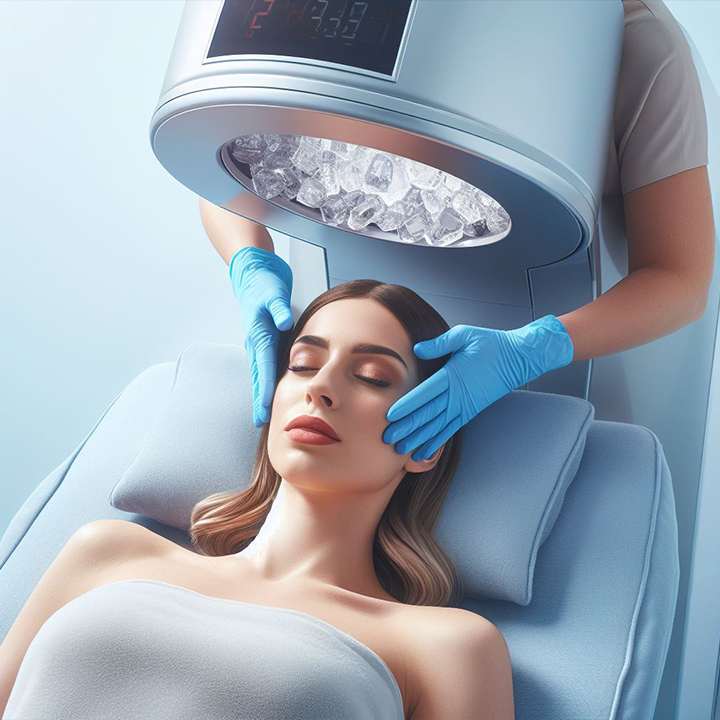
Here are some of the potential benefits of cryotherapy:
Reduce pain and inflammation
Speed up recovery from injuries
Improve muscle function
Increase range of motion
Boost the immune system
Improve sleep
Reduce stress
Promote skin health
Who should consider cryotherapy?
Cryotherapy may be a good option for people who are looking for a way to reduce pain and inflammation, speed up recovery from injuries, or improve their athletic performance. It may also be a good option for people who are looking to improve their skin health or boost their immune system.
Who should not consider cryotherapy?
People with certain medical conditions, such as heart disease, diabetes, or high blood pressure, should talk to their doctor before considering cryotherapy. People who are pregnant or breastfeeding should also talk to their doctor before considering cryotherapy.
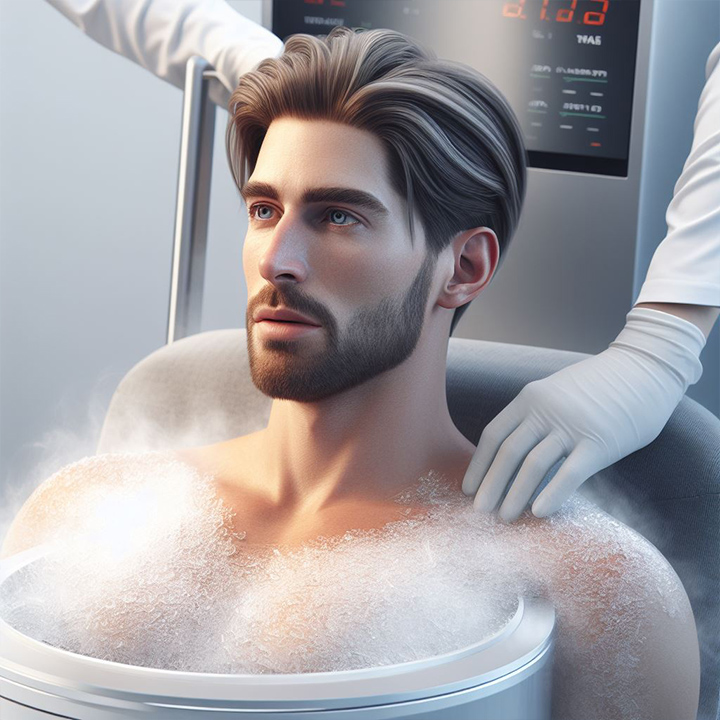
How much does cryotherapy cost?
The cost of cryotherapy varies depending on the location and the type of cryotherapy. WBC is typically more expensive than local cryotherapy. The cost of a single session of WBC can range from $50 to $200. The cost of a single session of local cryotherapy can range from $20 to $100.
Is cryotherapy covered by insurance?
Insurance coverage for cryotherapy varies. Some insurance companies may cover the cost of cryotherapy if a doctor prescribes it. Other insurance companies may not cover the cost of cryotherapy at all.
If you are considering cryotherapy, it is important to do your research and talk to your doctor or physical therapist to make sure that it is right for you.
Can elite teenage athletes undergo cryotherapy?
The answer is yes, but there are several important factors to consider:
- Age and Growth Stage: Teenagers are still in the process of growing and developing, and their bodies might react differently to extremely cold temperatures compared to adults. The impact of cryotherapy on growing bodies is not as well-studied, so caution is advised. Consultation with a medical professional, preferably one experienced in sports medicine, is crucial to assess whether cryotherapy is safe and appropriate for a particular teen athlete.
- Physical Maturity: Physical maturity varies widely among teenagers. Factors such as bone development, muscle mass, and overall physical readiness can influence how a teen’s body responds to cryotherapy. An individual assessment by a medical expert can help determine whether the athlete is ready for this type of recovery method.
- Health Conditions: Teenagers might have pre-existing medical conditions or vulnerabilities that need to be carefully considered before undergoing cryotherapy. Any medical conditions, allergies, or sensitivities should be discussed with a healthcare professional before attempting cryotherapy.
- Parental Consent: For underage athletes, parental consent is required for any medical or therapeutic procedure, including cryotherapy. Parents should be involved in the decision-making process and have a clear understanding of the potential risks and benefits.
- Monitoring and Supervision: If a teenager is deemed suitable for cryotherapy, they should be closely monitored during the sessions by trained professionals. The cold exposure should be controlled, and the teen’s response should be carefully observed.
- Mental Preparedness: Cryotherapy involves stepping into extremely cold temperatures for a short period, which might be challenging mentally, especially for young athletes. The teenager should be mentally prepared and informed about what to expect during the procedure.
- Alternatives: Given the potential uncertainties and risks associated with cryotherapy for young athletes, alternatives such as cold plunge tubs (immersion in cold water) might be a safer option for recovery. These methods offer a more gradual cooling process and might be better suited for teens.
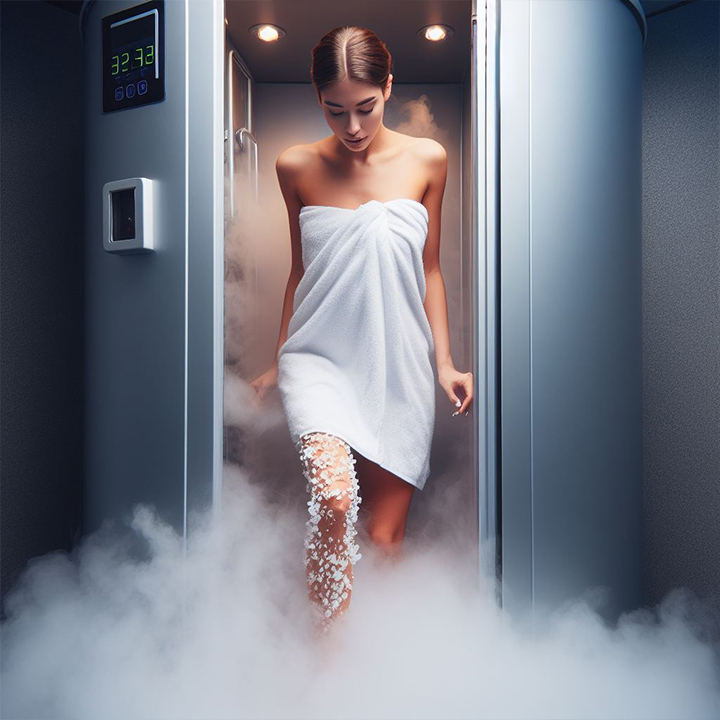
Is there an alternative to Cryotherapy?
Yes, they are called ice baths. This is a more traditional way to reduce pain and inflammation. They work by the same theory as cryotherapy, but they are not as extreme. An additional benefit from an ice bath is the location. Ice baths can be performed at home.
Get ahead of the cold, if you’re taking your training to the next level, you may want to consider taking your recovery with you. Most people loose site on what happens after they walk off the training ground. What the scientific would has learned is quite impressive. Simply put, what you do for your body before and after you train is equally important.


